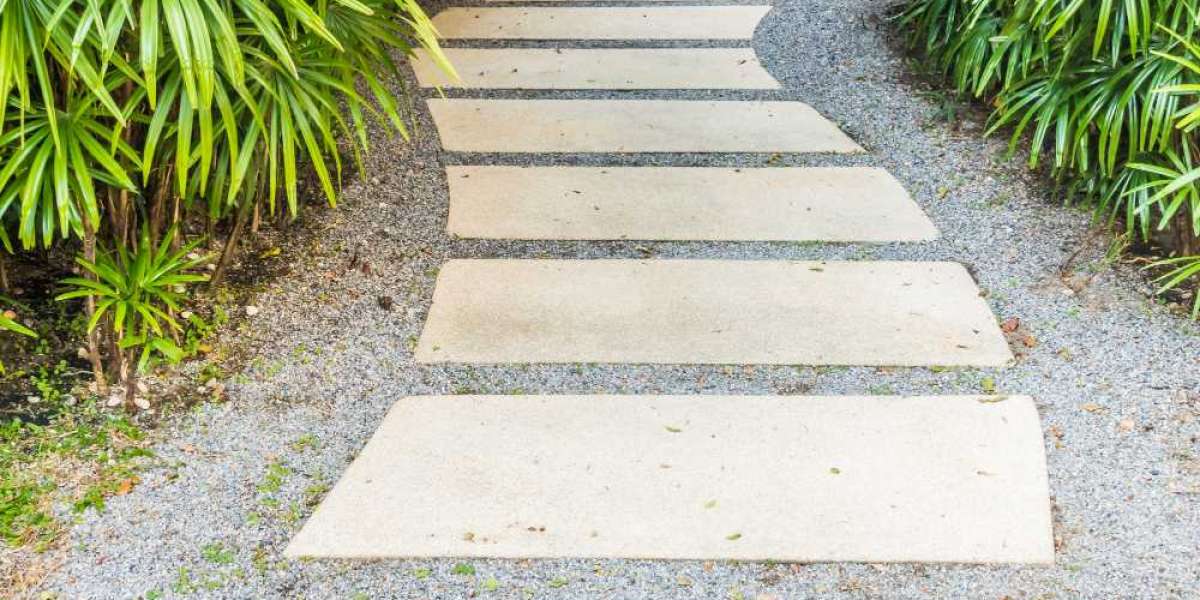When planning to install a new walkway, patio, or driveway using pavers, many homeowners ask the same foundational question: why put plastic under pavers? It’s a popular topic in DIY and professional circles alike, as the base layer of any paver project plays a critical role in the durability, function, and longevity of the finished surface. At Lakota Design Group, we specialize in expert Bay Area landscape design and understand how each material impacts performance. In this article, we’ll break down the pros and cons of using plastic under pavers, what alternatives exist, and how it fits into the broader picture of creating long-lasting hardscape solutions.
The notion behind putting plastic under pavers typically stems from a desire to prevent weeds and stabilize the surface. After all, a clean, weed-free walkway or patio is every homeowner’s dream. But while plastic might seem like an easy fix, it may not be the right one. If you're asking this question while researching how to install a paver walkway, it’s important to understand the full implications of your material choices. Let’s explore what plastic really does beneath pavers—and what your alternatives are.
The Purpose of Plastic Sheeting Beneath Pavers
At its core, plastic sheeting is used as a barrier. Homeowners and even some contractors may install plastic under pavers with the goal of stopping weed growth and preventing base erosion. The idea is to create a clean layer that separates the paver base from the native soil below. But here’s the catch: plastic is impermeable, which means it doesn’t allow water to pass through. This can result in drainage issues, especially in areas like the Bay Area where rain and irrigation need to be managed properly.
In the context of professional Bay Area Paver Installation Services, using plastic is typically not recommended. At Lakota Design Group, we use materials like geotextile landscape fabric, which offers superior drainage while still blocking weeds. These fabrics are specifically engineered to stabilize the base, allow water to filter through, and support healthy long-term performance of your hardscape.
What Happens When You Use Plastic Under Pavers?
If you're still wondering "why put plastic under pavers?"—consider the following risks that can result from its use:
- Trapped Water: Because plastic doesn’t let water pass through, it can trap moisture between the layers. This can weaken the sand bedding and cause pavers to shift, sink, or become uneven over time. Water that can’t drain also creates puddles, increasing the risk of surface cracking or frost heave in colder climates.
- Base Erosion: Ironically, plastic can cause the very problem it's trying to prevent. When water collects and shifts under the surface, it can slowly erode the gravel or sand base beneath your pavers. Over time, this compromises the structural integrity of the entire walkway or patio.
- Persistent Weed Growth: Many weeds that pop up between pavers don’t come from below—they sprout from seeds that land in the joints from above. This means that even with plastic underneath, you’ll still have to deal with weed control unless joints are properly sealed or maintained.
- Poor Air Exchange: Healthy soil needs to breathe. Using plastic blocks oxygen and nutrient exchange between the soil and air, negatively impacting nearby plants and causing possible root rot if the pavers are installed near garden beds or lawns.
- Environmental Concerns: Over time, plastic breaks down into microplastics, contributing to environmental degradation. For eco-conscious homeowners in the Bay Area, avoiding plastic aligns with sustainable bay area landscape design practices.
The Best Alternatives to Plastic: What Should Go Under Pavers?
Instead of plastic, experienced contractors and landscape designers recommend a more functional, layered approach. At Lakota Design Group, we build all our paver installations on a foundation that ensures drainage, durability, and aesthetic consistency. Here’s what that process looks like:
- Excavation: We begin by excavating the area to the proper depth based on the type of project. Driveways require deeper excavation than walkways or patios due to load-bearing needs.
- Geotextile Fabric Installation: A woven or non-woven landscape fabric is placed over the excavated area to prevent the base gravel from mixing with native soil. This fabric supports water filtration while stabilizing the foundation.
- Base Layer: We add and compact crushed gravel (typically Class II base rock) in several layers. This forms a solid, load-bearing surface that distributes weight evenly and resists settling.
- Sand Bedding: A layer of bedding sand is leveled out before placing the pavers. This helps create a smooth surface and ensures pavers can be easily adjusted for a level finish.
- Paver Placement and Joint Sand: Once the pavers are placed in the desired pattern, we sweep polymeric sand into the joints and compact the surface to lock everything into place.
This method not only avoids the pitfalls of plastic but ensures your project will stand up to weather, time, and traffic.
Plastic in Paver Walkway Projects: Ever a Good Idea?
There are very few scenarios where plastic sheeting might be acceptable—such as for temporary weed control or in areas where water needs to be deliberately redirected. However, for permanent installations, especially in climates like Northern California, it often does more harm than good. If you’re looking for guidance on how to install a paver walkway, skip the plastic and invest in proper base preparation with breathable, permeable materials.
Bay Area Expertise You Can Rely On
At Lakota Design Group, we know the nuances of Bay Area Paver Installation Services. From soil types and drainage patterns to choosing the right materials, we design and install paver systems that not only look beautiful but also perform reliably for decades. We tailor every installation to the unique challenges of your landscape—whether you're in the hills of Los Gatos or the flatlands of San Jose.
Our expertise spans beyond walkways. We also specialize in patios, driveways, retaining walls, and full-scale bay area landscape design. Every project reflects our commitment to quality, sustainability, and client satisfaction. That’s why we never cut corners with materials like plastic—because our name is on every job, and we stand by our work.
Final Thoughts
In summary, while the idea of using plastic under pavers might seem like a smart shortcut, it usually causes more issues than it solves. Plastic prevents water drainage, can lead to base erosion, and doesn't effectively stop weeds from sprouting. Instead, focus on professional-grade landscape fabric and proper base layering to ensure long-term performance.
So, if you're planning a new outdoor living space and wondering how to install a paver walkway the right way—partner with a team that understands every layer of the process. With Lakota Design Group, you’ll get expert insight, custom solutions, and flawless execution.
Ready to start your next outdoor project? Contact Lakota Design Group today for high-quality Bay Area Paver Installation Services. We’ll help you build durable, low-maintenance paver walkways, patios, and more—designed to fit your lifestyle and enhance your property value.








